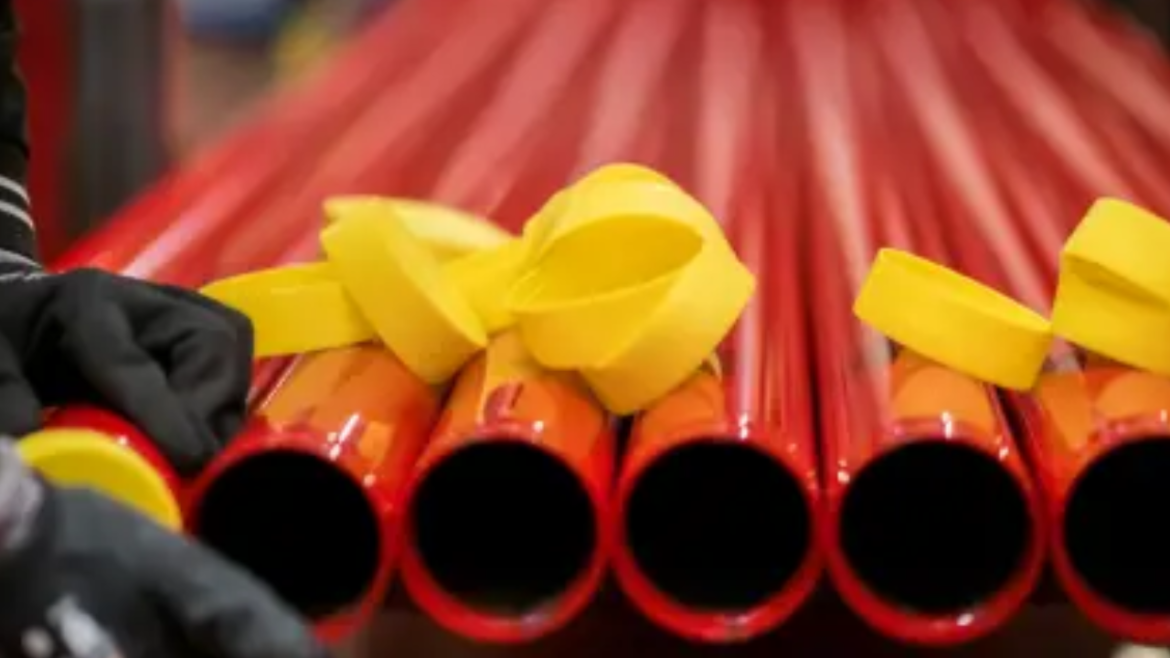The classification of measurements within the API 5L schedule chart is pivotal for guaranteeing consistency, reliability, and security in the pipeline infrastructure. API 5L, which stands for the American Petroleum Institute’s determination for line pipes, is broadly recognized as a global standard for pipelines utilized in businesses like oil, gas, and water transportation.
These pipes are essential to vitality transportation systems, making it basic to have standardized classifications and sizes. The API 5L plan chart gives a comprehensive direction of the different pipe measurements and their weight appraisals. These classifications Dimensions and Size RANGE of API 5L(Schedule Chart) offer assistance to engineers, producers, and decision-makers in selecting the proper sort of pipe for particular applications.
Understanding the Basics of Pipe Plans and Classifications
The term “plan” in channeling alludes to the divider thickness of the pipe. A plan number signified as SCH, is utilized to show the pipe’s thickness at a given breadth. The higher the plan number, the thicker the pipe’s wall. The concept of pipe plans permits standardization because it categorizes channels with distinctive divider thicknesses beneath a single ostensible pipe estimate (NPS). For this case, an NPS of 6 inches can have diverse divider thicknesses, depending on whether the schedule is 10, 40, 80, or higher. Each schedule classification compares to a particular divider thickness and weight rating.
The API 5L schedule chart includes a few pipe schedules, extending from low-pressure frameworks, such as SCH 5, to high-pressure frameworks like SCH 160. The classification of pipe dimensions utilizing the schedule chart ensures that pipes with the same NPS can have shifting capabilities based on their wall thickness.
Nominal Pipe Size and Outside Diameter
Nominal Pipe Size is a standardized measurement utilized to assign the diameter of pipes. It is not the actual diameter of the pipe but a rough gauge of its size. The NPS classification system allows for consistency in pipe measurements over diverse producers and industries. Within the API 5L schedule chart, the NPS is combined with the schedule number to determine the genuine dimensions of the pipe. This combination of NPS and schedule number is basic for ensuring that the pipe measurements meet the vital requirements for the application.
The Relationship between Wall Thickness and Schedule Classification
Divider thickness plays an imperative part in the classification of pipe measurements in the API 5L schedule chart. As mentioned earlier, the plan number indicates the thickness of the pipe’s divider at a given NPS. For example, a pipe with a schedule 40 classification will have a thinner wall compared to a pipe with a plan 80 classification of the same NPS.
The thicker wall of the plan 80 pipe permits it to withstand higher internal weights, making it reasonable for more requesting applications. Engineers must consider not only the weight rating and quality of the pipe but also its weight, particularly in applications where the pipe will be suspended or backed by structures. The schedule chart permits a balanced approach to selecting the correct pipe, taking into consideration both divider thickness and weight.
Pressure Rating and its Influence on Schedule Classifications
Pressure rating is one of the most basic variables in the classification of pipe measurements in the API 5L schedule chart. Different businesses require pipes that can handle varying pressure levels, depending on the type of liquid being transported and the operating conditions. The plan classification of a pipe specifically relates to its weight rating, with higher plans indicating pipes that can withstand higher weights. The API 5L schedule chart gives a comprehensive guide to the weight ratings for diverse pipe schedules, permitting engineers to choose the right pipe for the job. The API 5L schedule chart takes all of these components under consideration, giving a standardized classification framework for pipe measurements and weight appraisals.
Material Composition and its Role in Pipe Classification
The material composition of the pipe also plays a vital part in the classification of pipe dimensions in the API 5L plan chart. API 5L channels are typically made from carbon steel, which offers great strength and strength. The API 5L specification includes a few grades of carbon steel, extending from Review A to Grade X80. These grades are classified based on the material’s ductile quality, yield quality, and chemical composition. For this case, a pipe made from Grade B carbon steel will have a different classification within the plan chart compared to a pipe made from Review X70 steel. The material composition influences the pipe’s quality, weight rating, and by and large, execution, making it a basic calculation within the classification of pipe measurements.
Temperature Rating and Schedule Classification
Temperature rating is another basic factor in the classification of pipe dimensions in the API 5L schedule chart. Distinctive applications require channels that can withstand shifting temperature ranges, depending on the sort of liquid being transported and the working conditions. The API 5L schedule chart gives a comprehensive guide to the temperature appraisals for distinctive pipe schedules, permitting engineers to choose the correct pipe for the work. The temperature rating of a pipe is decided by a few components, counting the pipe’s material composition, wall thickness, and weight rating. The API 5L schedule chart takes all of these variables into account, giving a standardized classification system for pipe dimensions and temperature evaluations.
Conclusion
The API 5L schedule chart classifies pipe measurements based on a few basic components, counting divider thickness, ostensible pipe estimate (NPS), weight rating, material composition, and temperature rating. This comprehensive classification framework guarantees that pipes are precisely categorized, permitting steady choice and use over different businesses.

